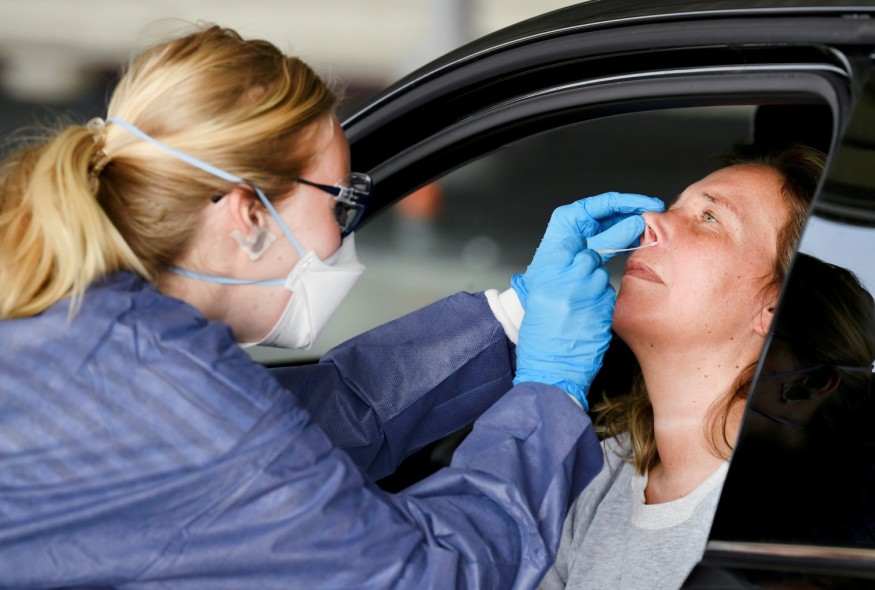Taking the Test: Let’s Talk About COVID-19

The "curve" is the number of coronavirus cases as time passes. At the left end of the curve, the outbreak has only just started, and the people lack preparations to respond, so the curve goes up.
The tip of the curve is the highest number of cases at a given time. To "flatten" it, measures done at a larger scale like isolation and quarantine will keep the coronavirus cases more manageable by reducing the number of demands on medical care.
From February 20 to March 15, the positive cases of COVID-19, the disease caused by the coronavirus, doubled to over 150,000.
Now, it must be harrowing to think that collective action starts with an individual. It is recommended by the U.S. Centers for Disease Control and Prevention that all Americans practice proper hygiene by washing their hands frequently, start social distancing, and get tested.
Director-General of World Health Organization Tedros Adhanom Ghebreyesus states that mass testing for COVID-19 will help isolate positive patients and identify where they have been and with whom they have been on contact.
"We have a simple message to all countries," Tedros told the press during a briefing in Geneva. "Test, test, test."
Check these out!
Trump Optimistic on US Testing: "We've Tested More Now Than Any Nation in the World"
Weekends Gone: Managing the Time We Have During the COVID-19 Pandemic
Types of tests
There are a few ways to get tested. The most common coronavirus tests are Nucleic Acid Amplification Tests (NAAT); this can detect the presence of the SARS-CoV-2 virus. The test is then verified in a laboratory using a real-time reverse-transcription polymerase chain reaction (rRT-PCR)—the results available to patients within several days in most countries.
Another way to get tested is through a serological test, which detects antibodies. A recent study asserts that serological tests can help identify individuals who have developed antibodies to the virus to create a vaccine. They are in the developing stages as of yet, and only countries like China and Singapore use it for coronavirus.
Mass testing
Rapid-response tests might be a challenge considering the number of people to be tested, health officials from the University of Washington believed. Smaller-scale rapid tests can only make do with a few samples at a time. Mass testing might continue with using systems that take a long while to process results but can do so for hundreds of people simultaneously.
For middle/low-income countries, mass testing is challenging to manage.
In an interview with Al Jareeza, Maia Lesosky of Cape Town University in South Africa said that mass testing would be advantageous if public health programs are the ones handling the systems to limit the transmission better. She cited examples like separate testing and facilities.
Larger income countries like Germany and South Korea have been prosperous in their efforts to test for coronavirus on a mass scale, with Germany having tested 1 out of 90 people and South Korea 1 out of 110 people. They have shown that with enough intervention and support for the health sector, mass testing can be possible.
Subscribe to Latin Post!
Sign up for our free newsletter for the Latest coverage!
© 2025 Latin Post. All rights reserved. Do not reproduce without permission.









